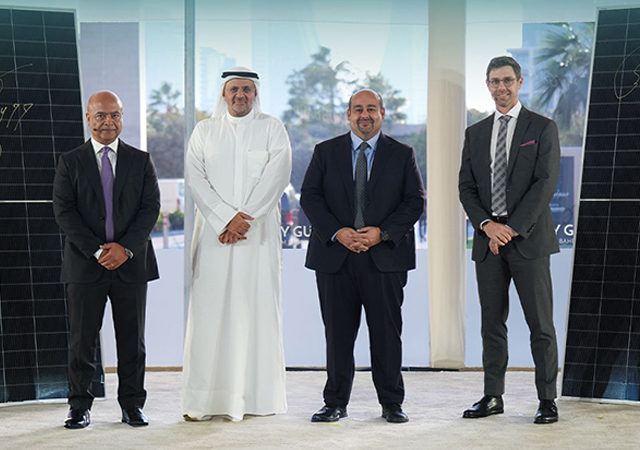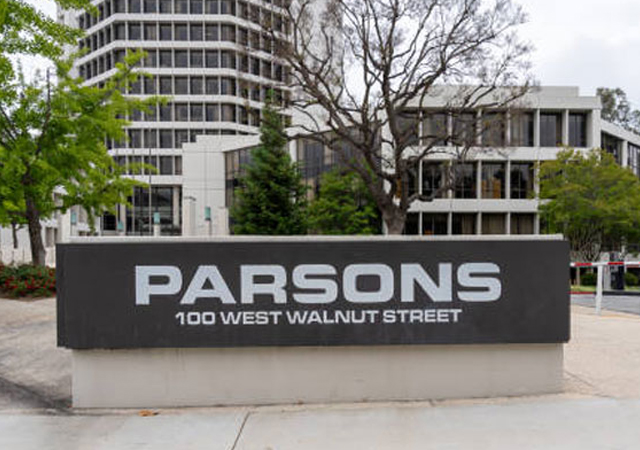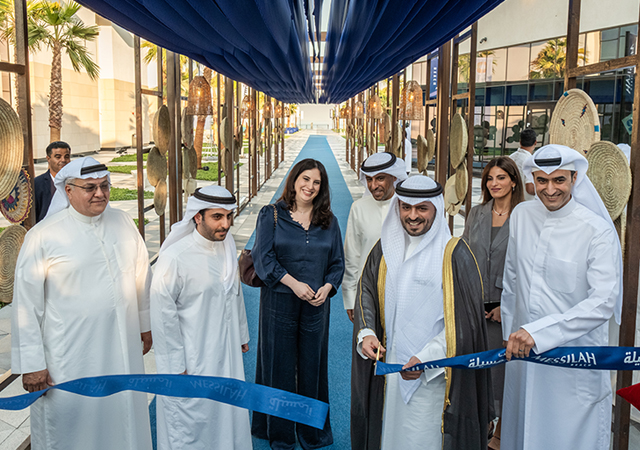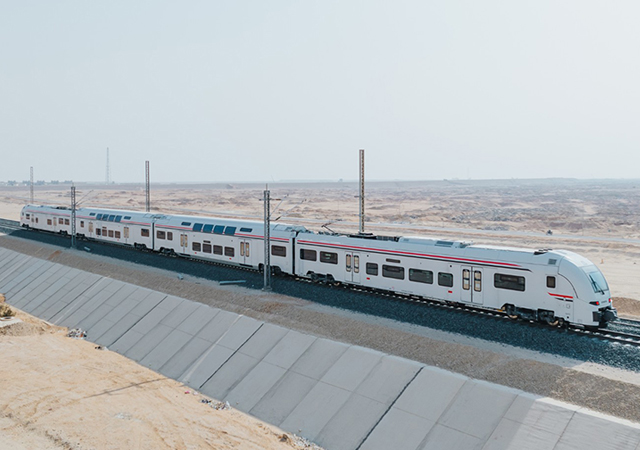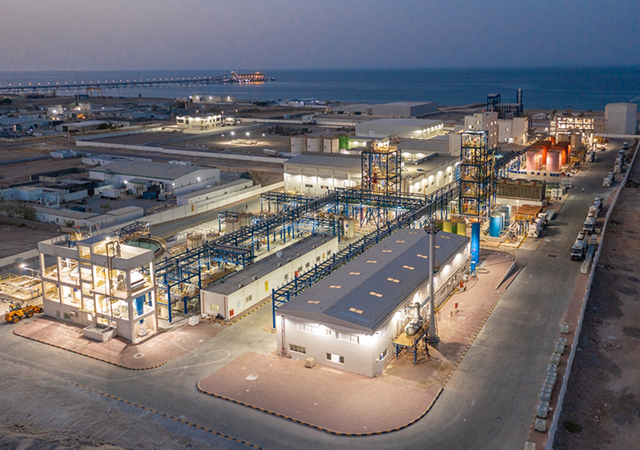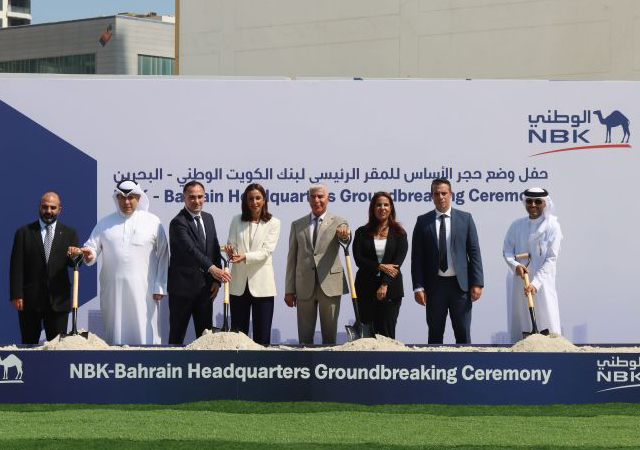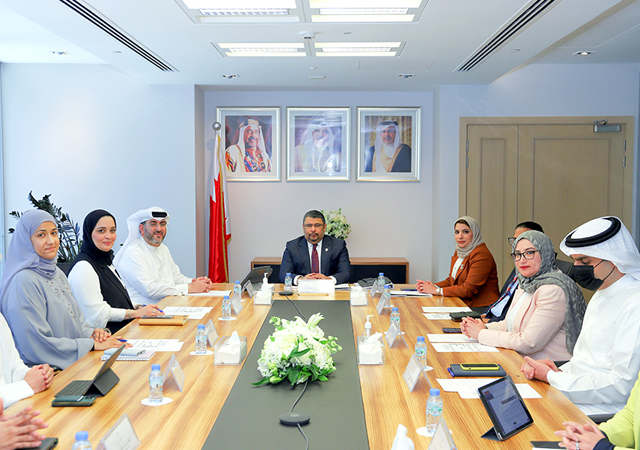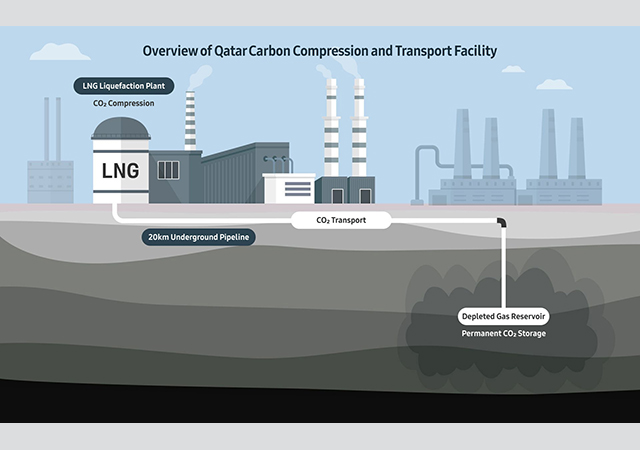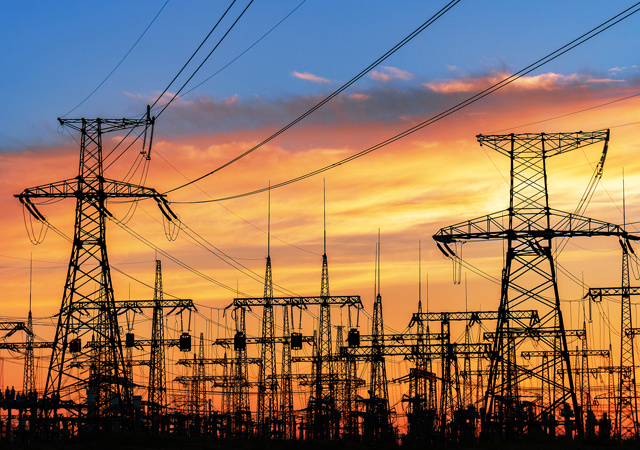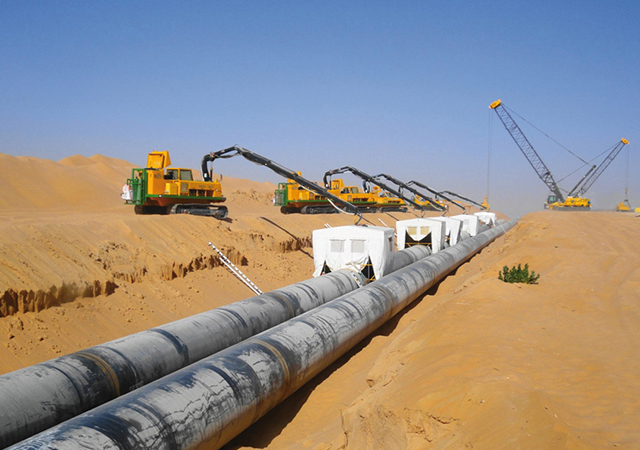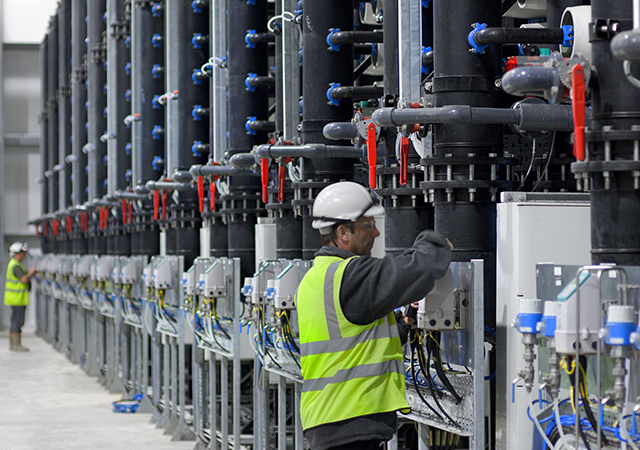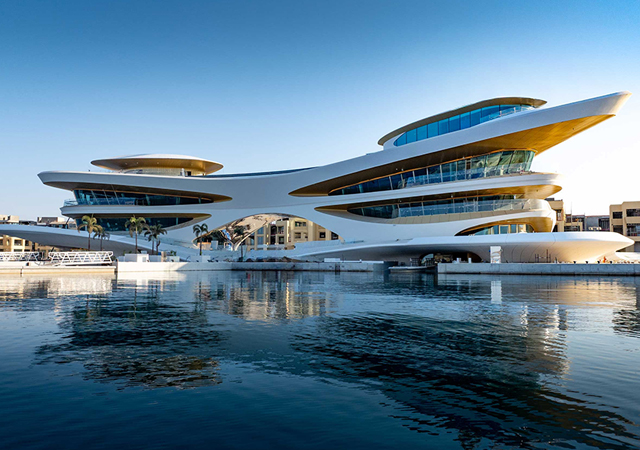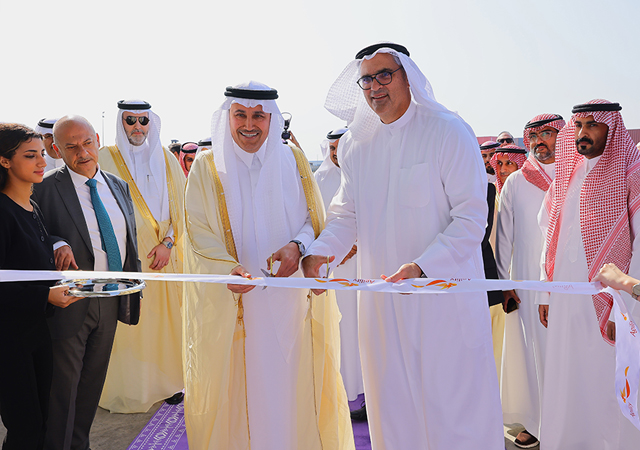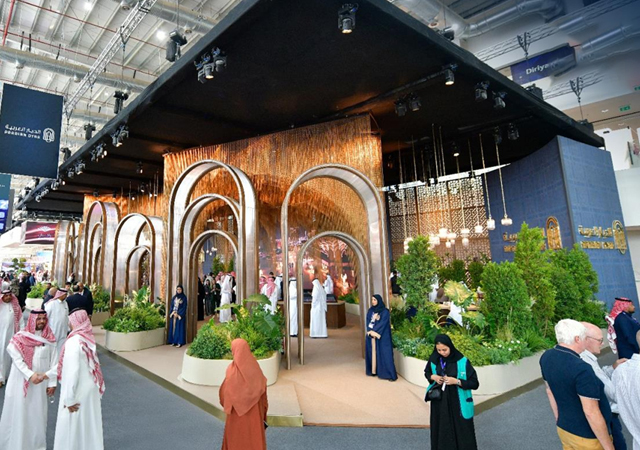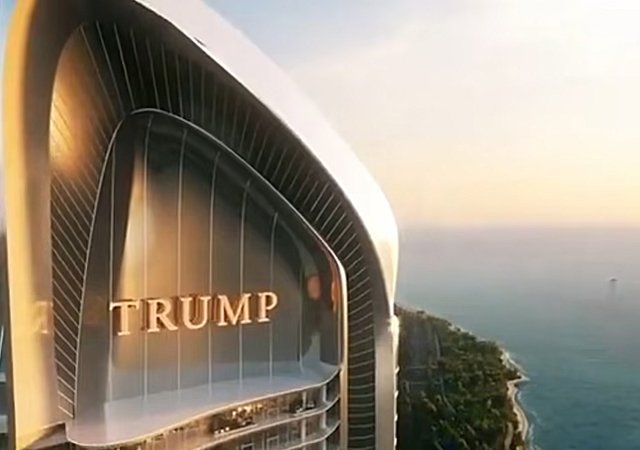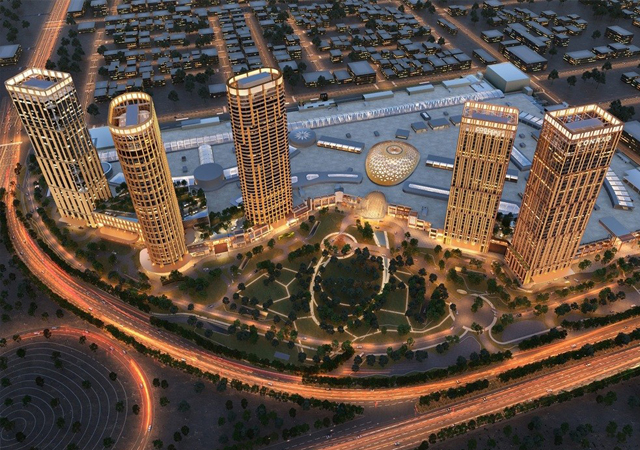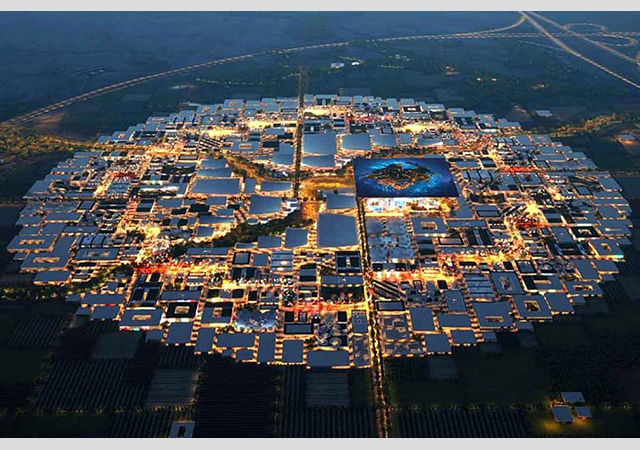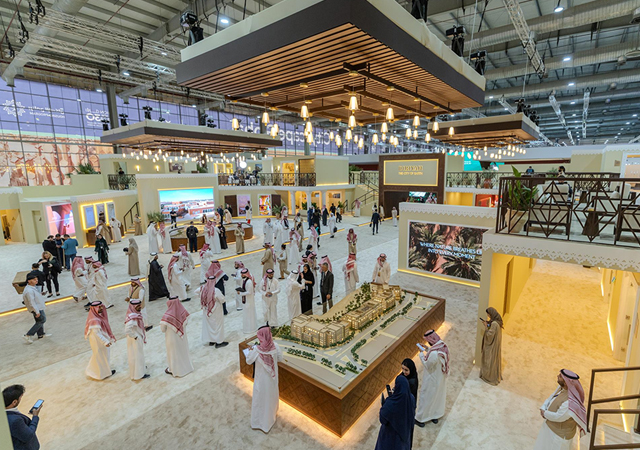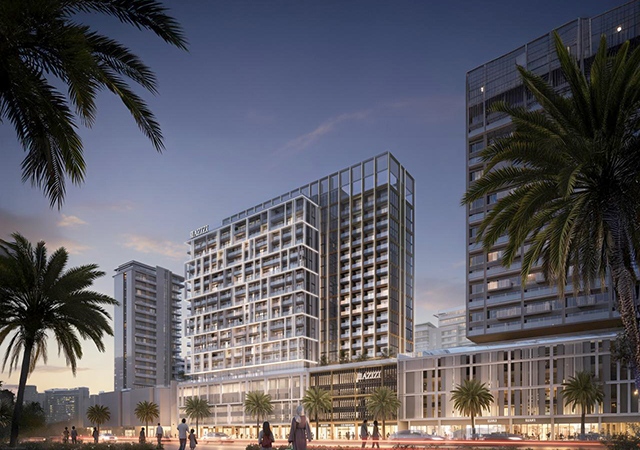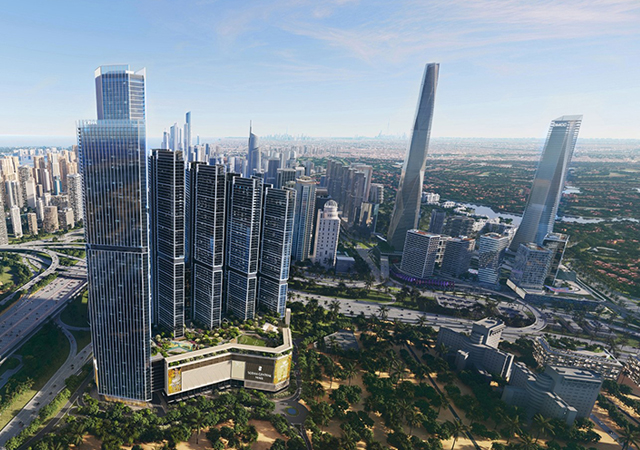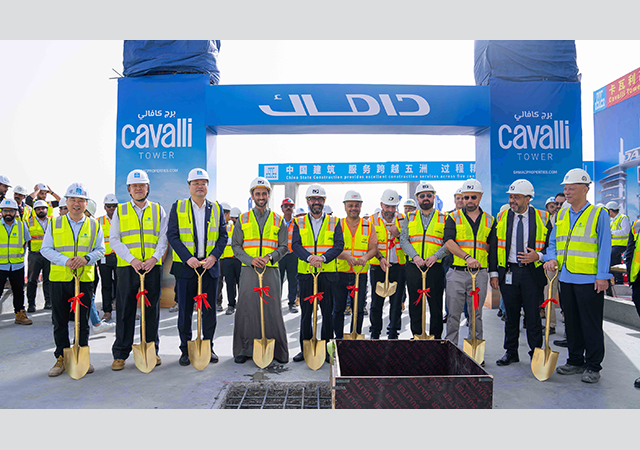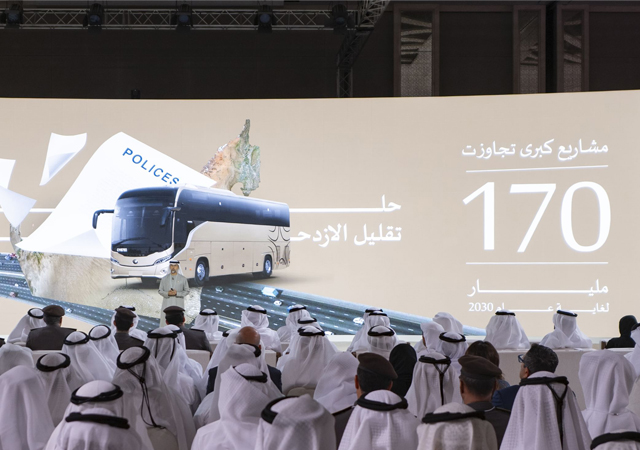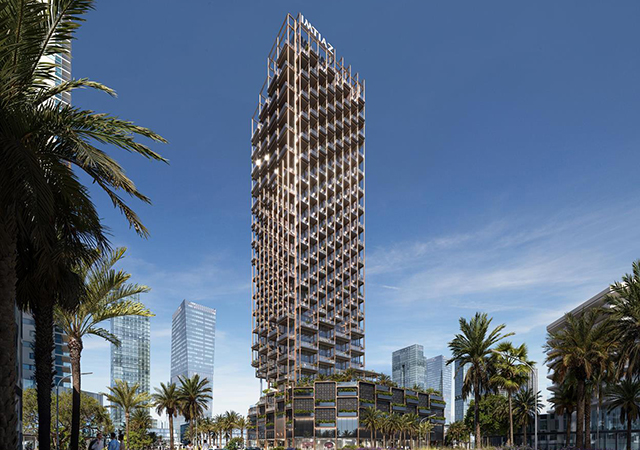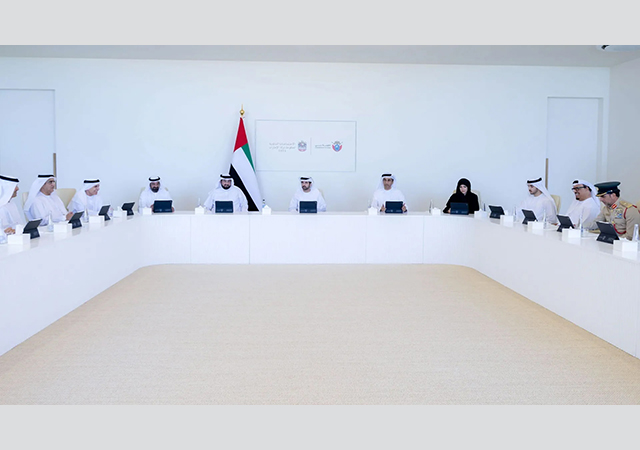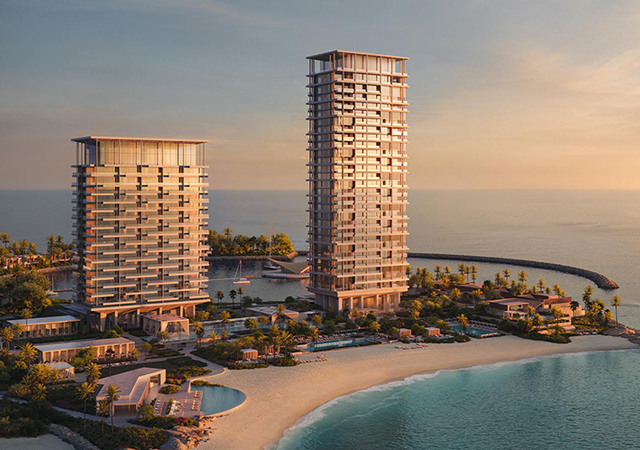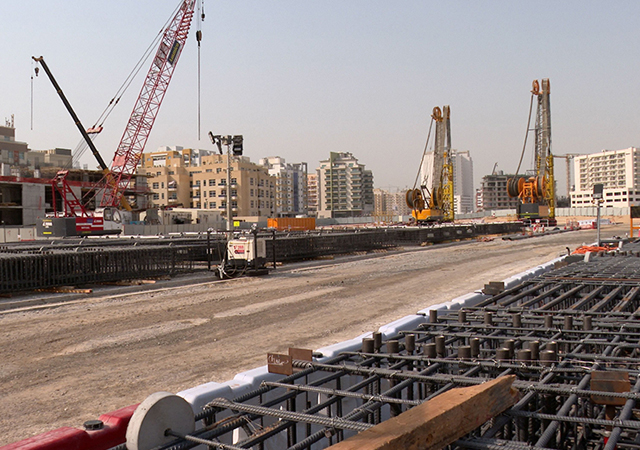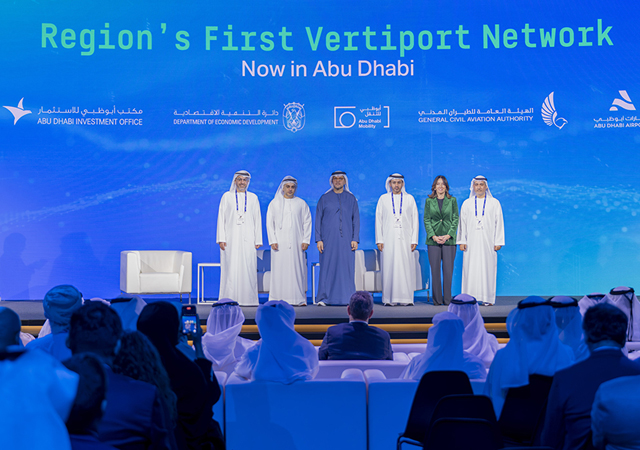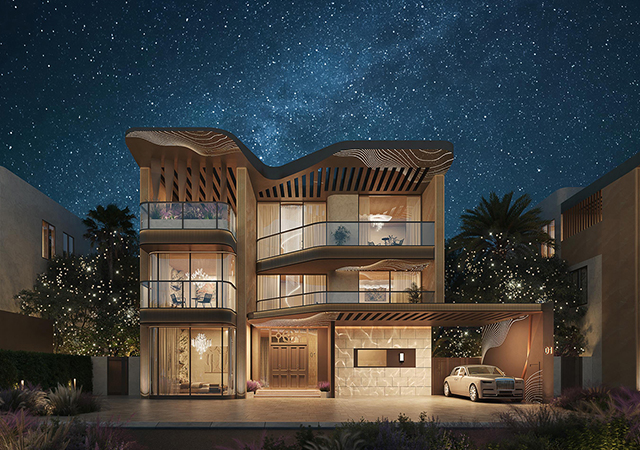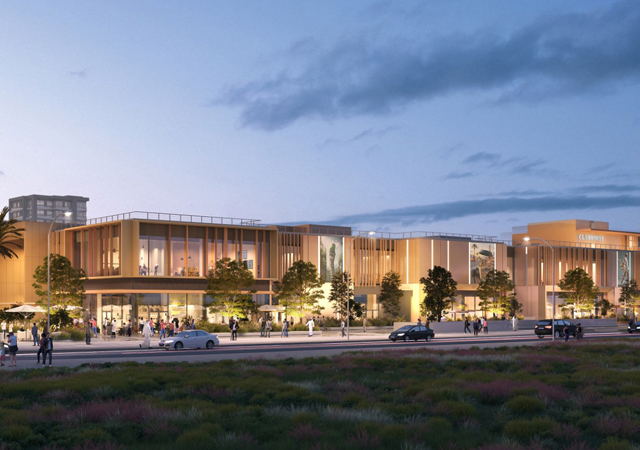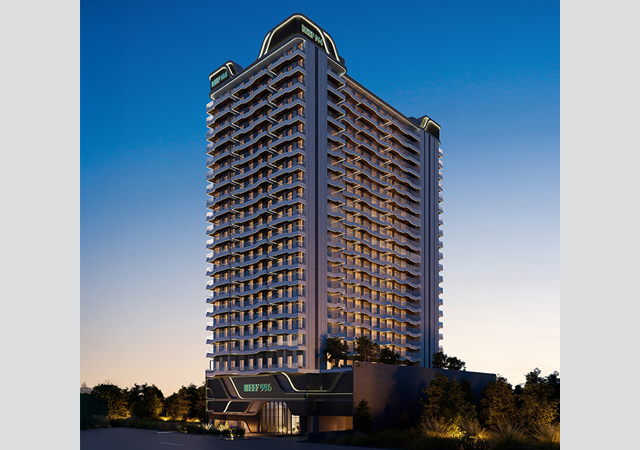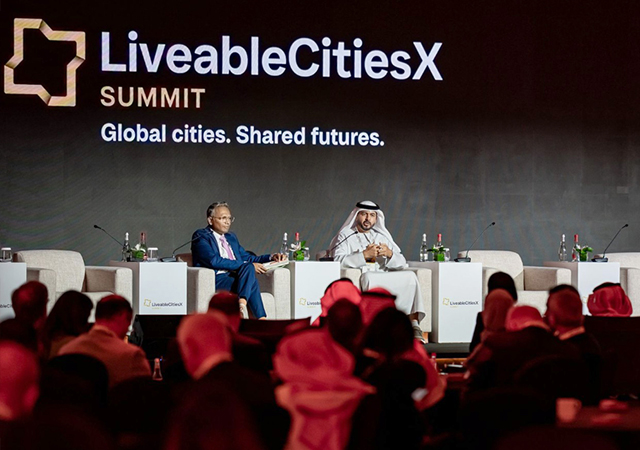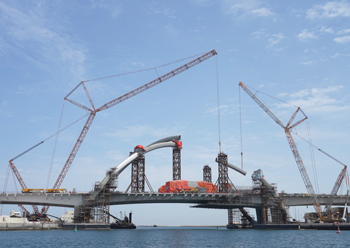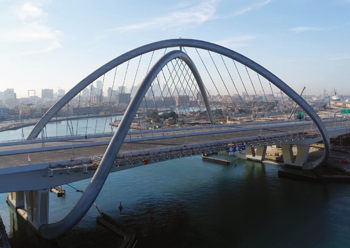
 The 295-m bridge rises 15.5 m above the Dubai Creek.
The 295-m bridge rises 15.5 m above the Dubai Creek.
The Infinity Bridge is a key component of the AED5.3-billion ($1.4 billion) Al Shindagha Corridor Project, which spans 13 km along Sheikh Rashid Al Mina, Al Khaleej and Cairo streets.
Built by Besix Construct, a Middle Eastern subsidiary of a Belgian company Besix, the 295-m Infinity Bridge (formerly known as Al Shindagha bridge) rises 15.5 m above the Dubai Creek, which allows the passage of various types of boats, and consists of six lanes in each direction in addition to a pedestrian crossing. The top of the infinity arch rises 42 m, and approximately 2,400 tonnes of steel has been used in the construction of the bridge.
 |
|
HH Sheikh Mohammed visits the newly constructed bridge. |
The Infinity Bridge supports development needs and improves the link between Deira and Bur Dubai by raising the total number of lanes crossing Dubai Creek from 48 to 60. It can accommodate 24,000 vehicles per hour in both directions and features a combined 3-m-wide track for pedestrians and cyclists.
Al Shindagha Corridor is a key strategic project that is being undertaken by the RTA in 11 phases. Construction works for the project started in 2016 and will be completed by 2027 according to the urban development plan of the area.
Currently, there are two circular roads to ease traffic flow and support economic activity in the city. The first is an external road that constitutes an extension of Sheikh Rashid Street and passes along Al Mina Street, Al Khaleej Street, Cairo Street and Al Ittihad Street; while the second is an internal road that is an extension of Sheikh Rashid Street and passes along Al Mina Street, Al Khaleej Street, Abu Bakr Al Siddique Street and Umm Hurair Street.
 |
|
Construction works for the project started in 2016. |
HH Sheikh Mohammed bin Rashid Al Maktoum, Vice-President and Prime Minister of the UAE and Ruler of Dubai, visited the newly constructed bridge accompanied by Sheikh Hamdan bin Mohammed bin Rashid Al Maktoum, Crown Prince of Dubai and Chairman of The Executive Council of Dubai, and Sheikh Mansoor bin Mohammed bin Rashid Al Maktoum, Chairman of the Dubai Council for Border Crossing Points Security.
He reiterated Dubai’s continued commitment to infrastructure development, saying it was one of the vital pillars of the emirate’s comprehensive plan for economic and social advancement.
“The roads and transport sector is critical not only for accelerating economic growth but also enhancing the wellbeing of the community. The rapid development of Dubai’s roads and transport network, with investments exceeding AED140 billion over the past 15 years, reflects our belief in the role a strong infrastructure base plays in enhancing our global competitiveness, creating new growth opportunities, providing a supportive environment for business and ensuring the highest possible quality of life for citizens, residents and visitors to the emirate,” he added.
Over the past few decades, Dubai’s rapid development as a global commercial hub has been catalysed by world-class mega road and transport projects like Dubai Metro, Dubai Tram, Business Bay Crossing, road projects leading to the Expo 2020 Dubai site, the expansion of the Al Khail Road and the Al Khawaneej axis and other projects, he stated.
 |
|
HH Sheikh Mohammed (right) and HH Sheikh Hamdan on the Infinity Bridge. |
The Al Shindagha Corridor Project encompasses the construction of 15 junctions with a total length of 13 km. The current section of the project has now reached 85 per cent and is expected to be completed in the second half of this year.
The Corridor serves Deira and Bur Dubai in addition to several development projects such as Deira Islands, Dubai Seafront, Dubai Maritime City and Port Rashid, and is expected to serve one million persons. It will slash travel time from 104 minutes to just 16 minutes by 2030.
Al Shindagha Corridor Project also features plans for improvements to Al Khaleej Street along with the intersection with Abu Hail Street, as well as the intersection of Sheikh Rashid Street with Jumeirah, Al Mina and Sheikh Sabah Al-Ahmad Al-Jaber Al-Sabah Streets. This phase is expected to be completed by the end of 2025. The project also covers the construction of 1.5-km-long bridges leading to Deira Islands southwards, which is set for completion in 2027.



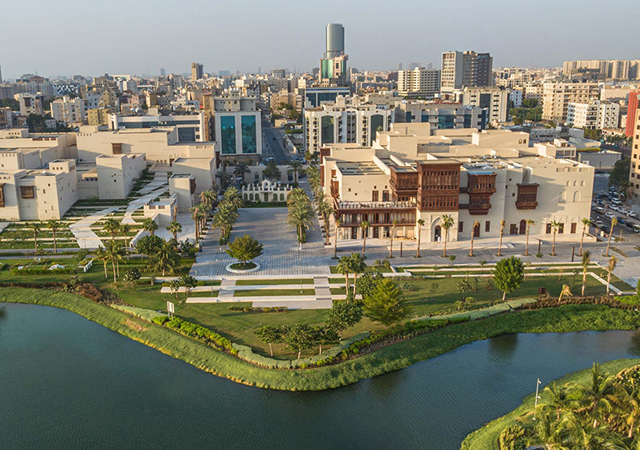
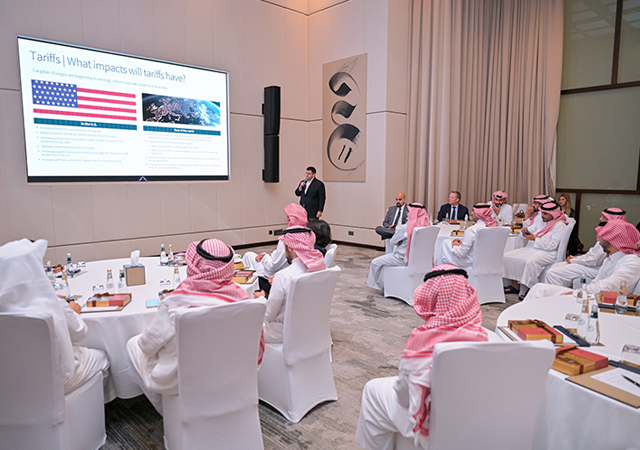

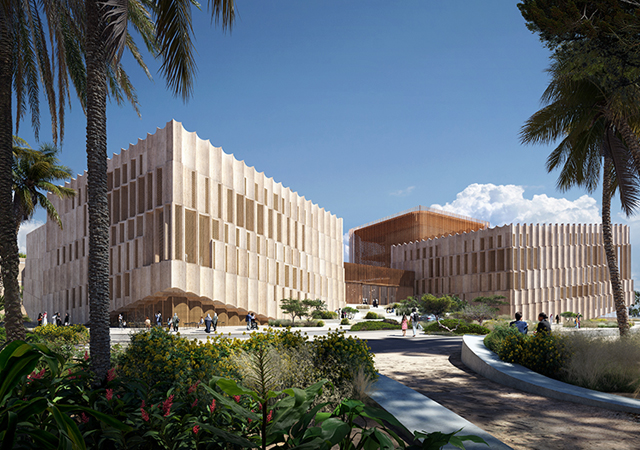

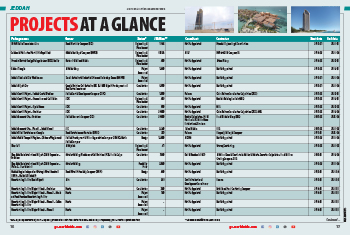
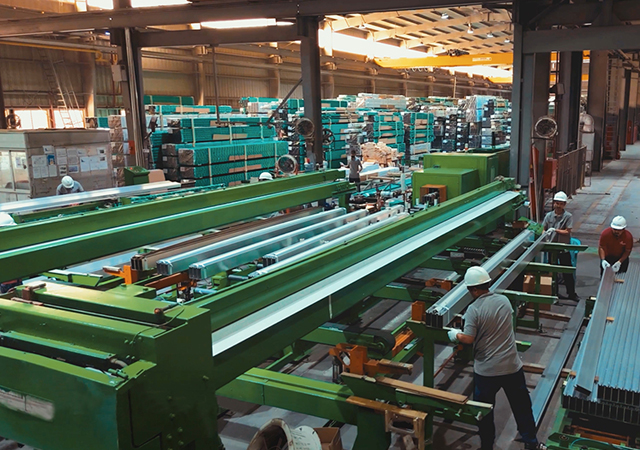

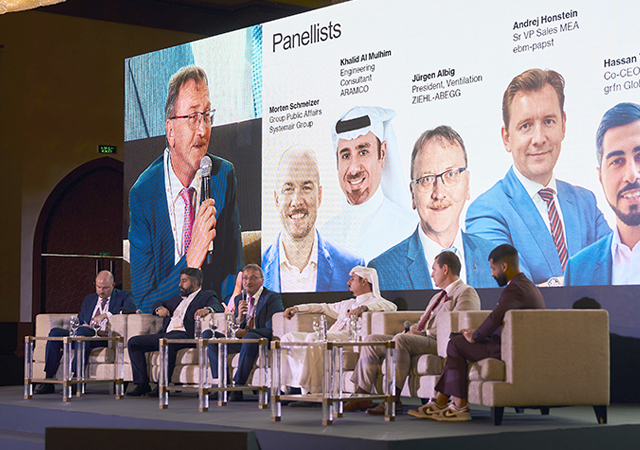

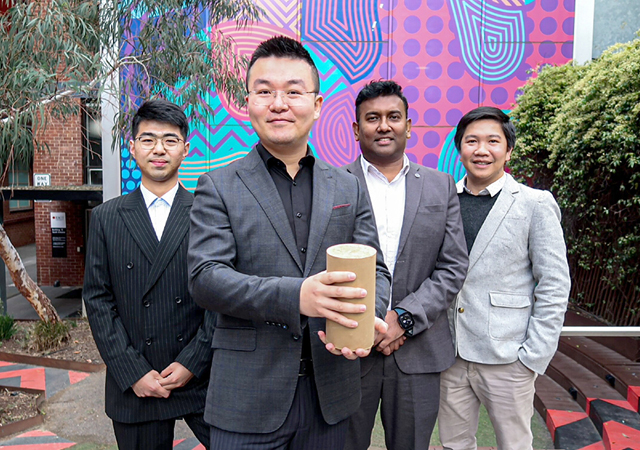
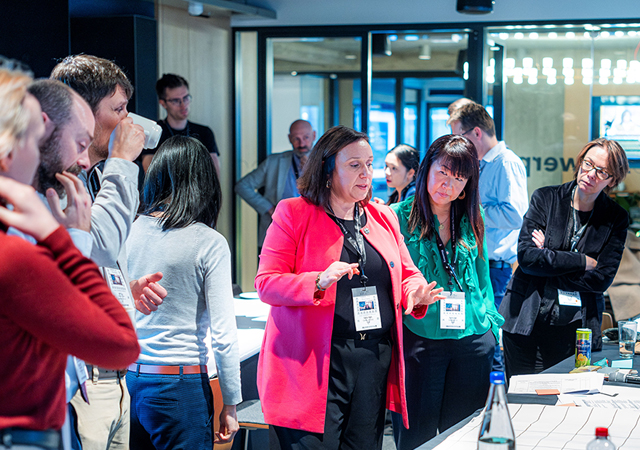
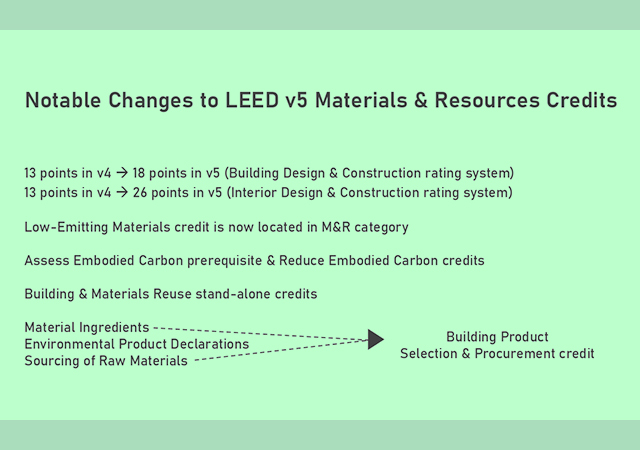
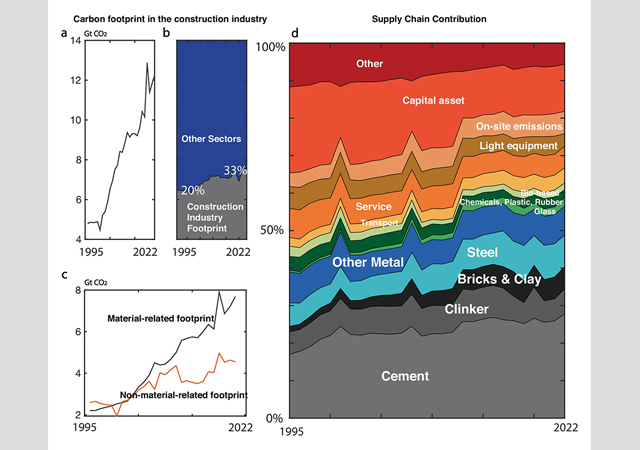
.jpg)
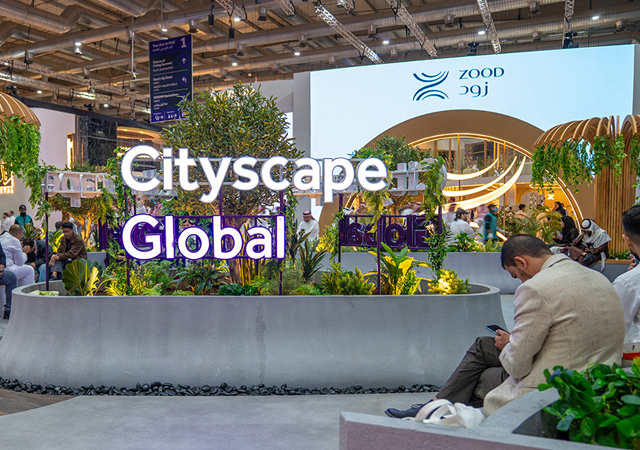
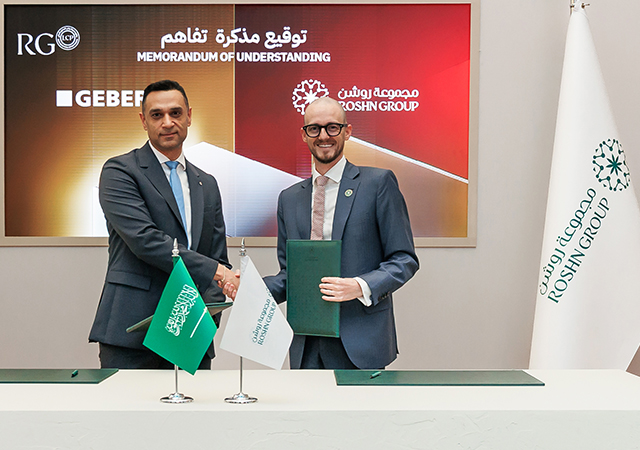

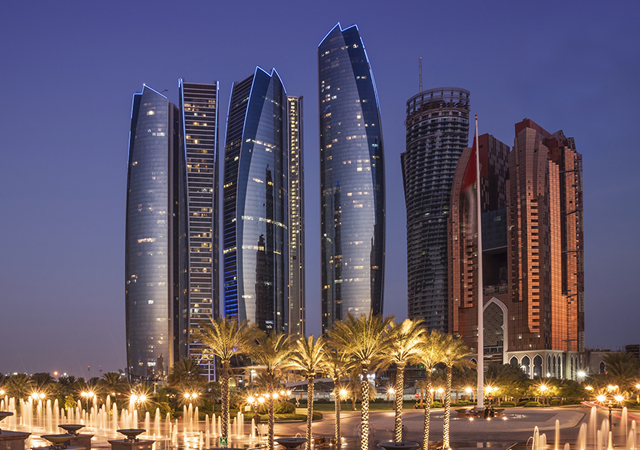


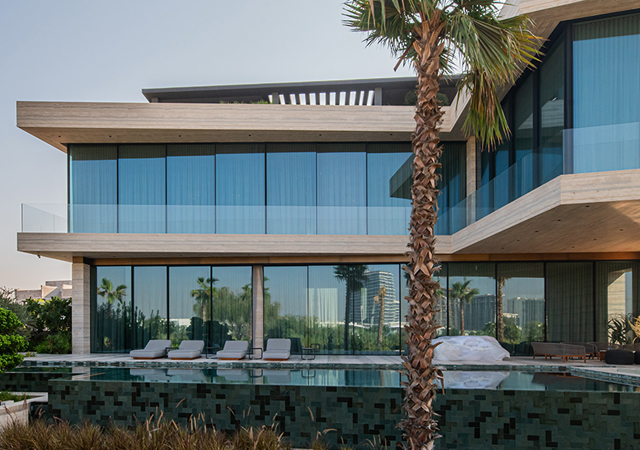





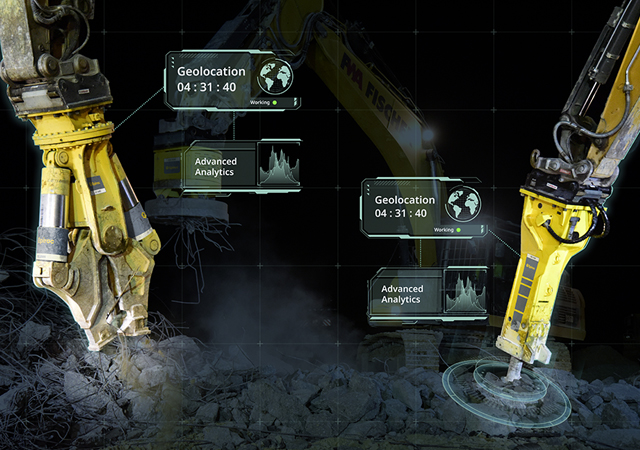
 (1).jpg)

